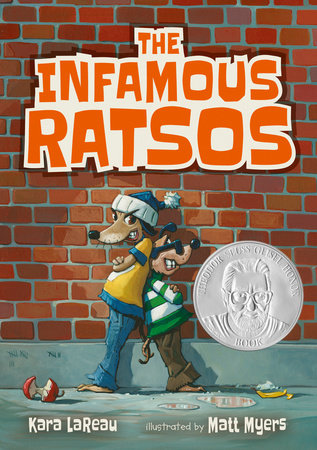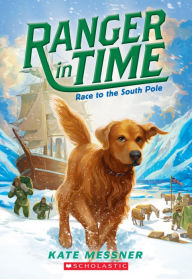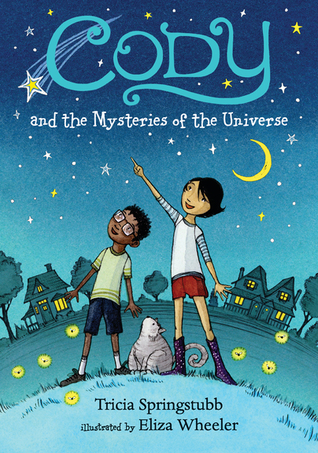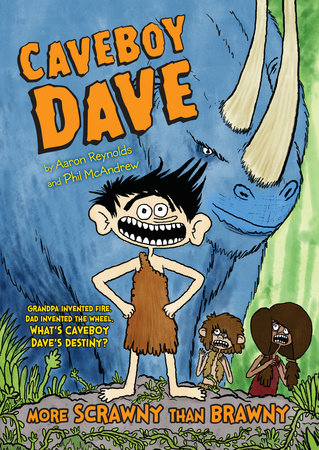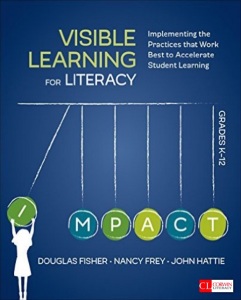One night last
week, I spend the entire night reading. It was right after dinner, when I
started a novel I had just downloaded to my Kindle. I spent hours on my couch with
the novel that night. My bedtime approached so I
moved upstairs to my bedroom, but I could not go to sleep until I finished the
book. I. Could. Not. Put. It. Down. About one a.m., way past by bedtime, I swiped to the last page of the
book. I don’t often have such a long stretch of time that I can devote to
reading, but this book immersed me in someone else’s life story, providing me a
temporary, but rewarding break from my own life.
After reading the
book, I researched the author and discovered that the book is a genre called new
adult fiction. According to my online research, new adult fiction consists of novels
with a protagonist in the 18-30 year old range. I’m about a decade past this
age range, so new adult fiction is new to me. I probably would not have
ventured into reading this genre or book if it were not for a tweet which then
led me to check the reviews. The novel lived up to all that reviewers had
written about it. The story line got pretty intense. It made me wonder, “What
would I do?” It moved me to tears. It made me think deeply.
I could not put the book down so I read it cover to cover in one sitting. I
could not put it down because I was so immersed in the story and the dilemma of
the main character that I just had to find out what happened. I could not put it
down because my mind was reeling with emotion. I could not put it down because I
was inside the story, experiencing it from deep within its core, from a place
where the story, although I have never actually lived it myself, now became a
part of me and who I am as a human being.
Days after reading this book, I was still thinking about it. I thought
about the experiences of the characters in the book and what it meant for my
own life. I learned something about myself and something about others from
reading this book. I have a better understanding of a situation even though I
have never actually lived throught it. I now know that sometimes what appears
to be weakness is really strength. I will be more empathetic. I will judge
less. I am forever changed by this one book I read. I am changed by all the
books I have ever read.
There are lots of numbers and statistics out there about Americans and
book reading. I’m sure some pretty dismal numbers would turn up if I did a
google search: How many books does the average person read? How many Americans
have read a book in the last year? How many college graduates have read a book
since graduation? The statistics indicate that there are probably people who
have not experienced the I-could-not-put-it-down moment while reading a book. Some
people may not know what it is like to be inside a story. Some may not even have
read a book that was life-changing. Some may not have read a book and then
lived with the characters for days, weeks, months, a lifetime. There are people
who can read, but just don’t. This is sad and a way of being that I find hard
to imagine.
I learn and change one fiction novel at a time. I have a core, rock solid
belief that reading makes me a better person. Reading can make us all better
people. I’m sure I’m not the only one who watches the news or reads the posts
that pop up in Facebook feeds lately and thinks that the world needs more
kindness, more empathy, more compassion. What the world needs is more readers. If
reading can change me, it can change us, it can change the world.


